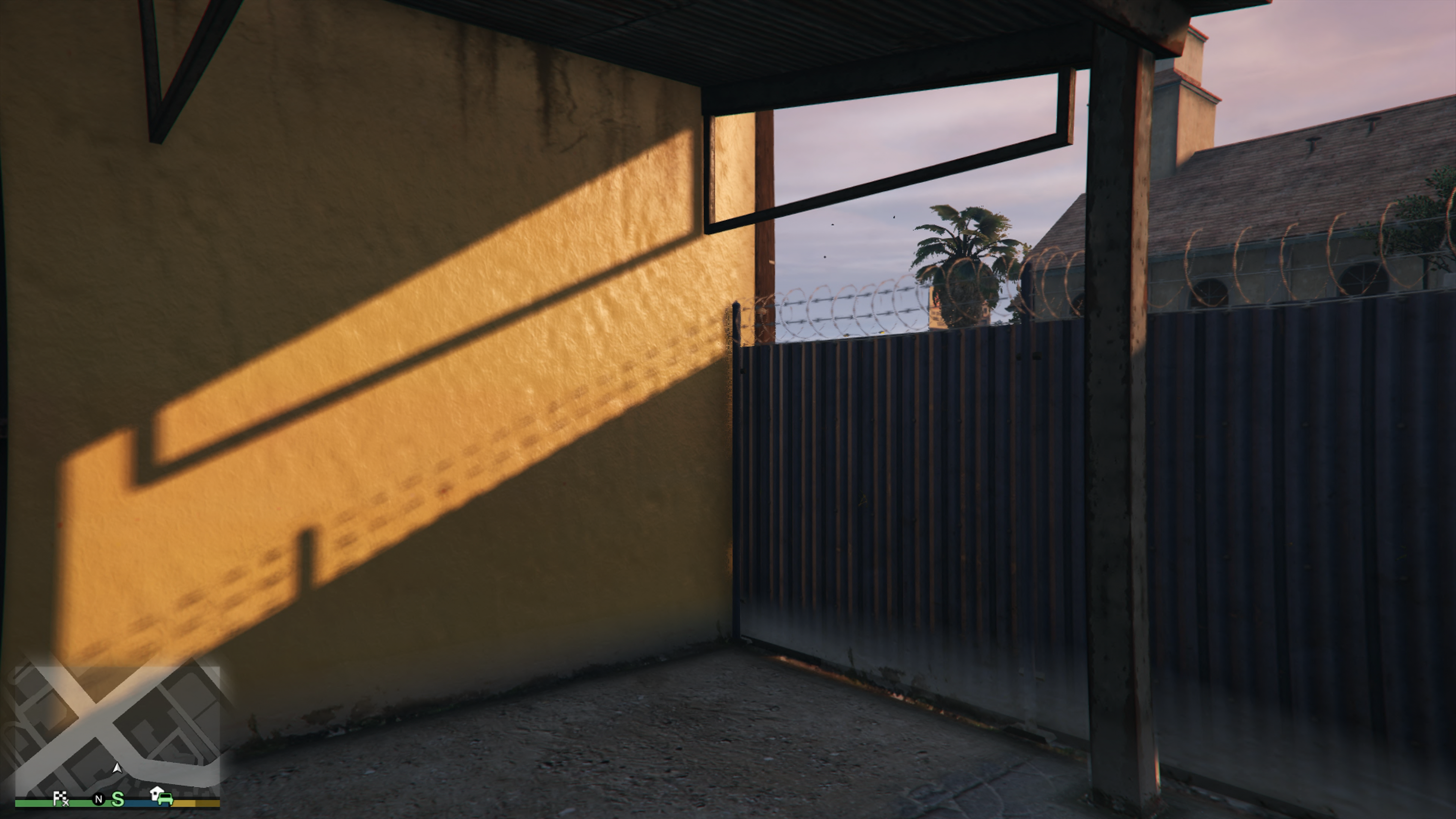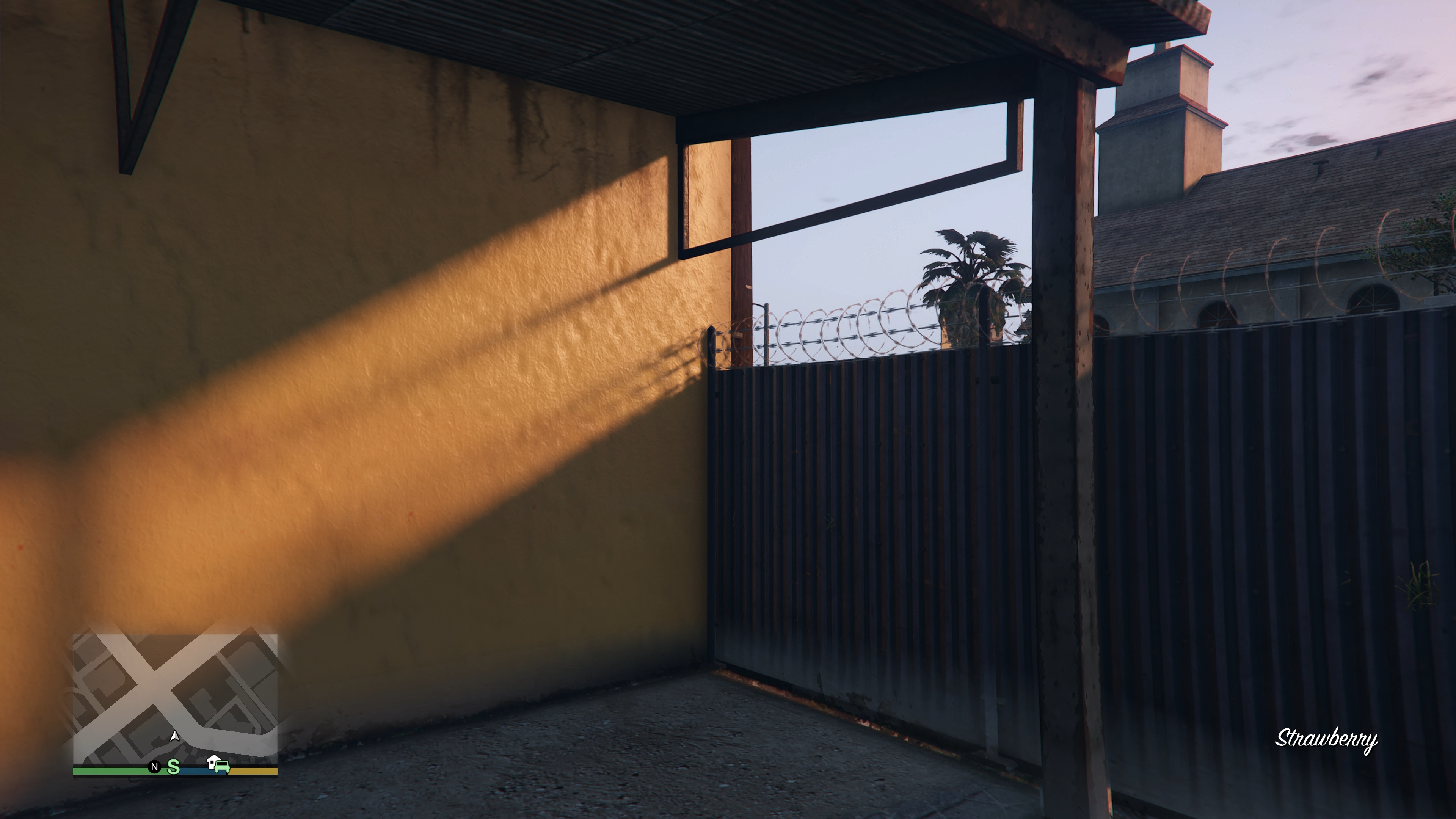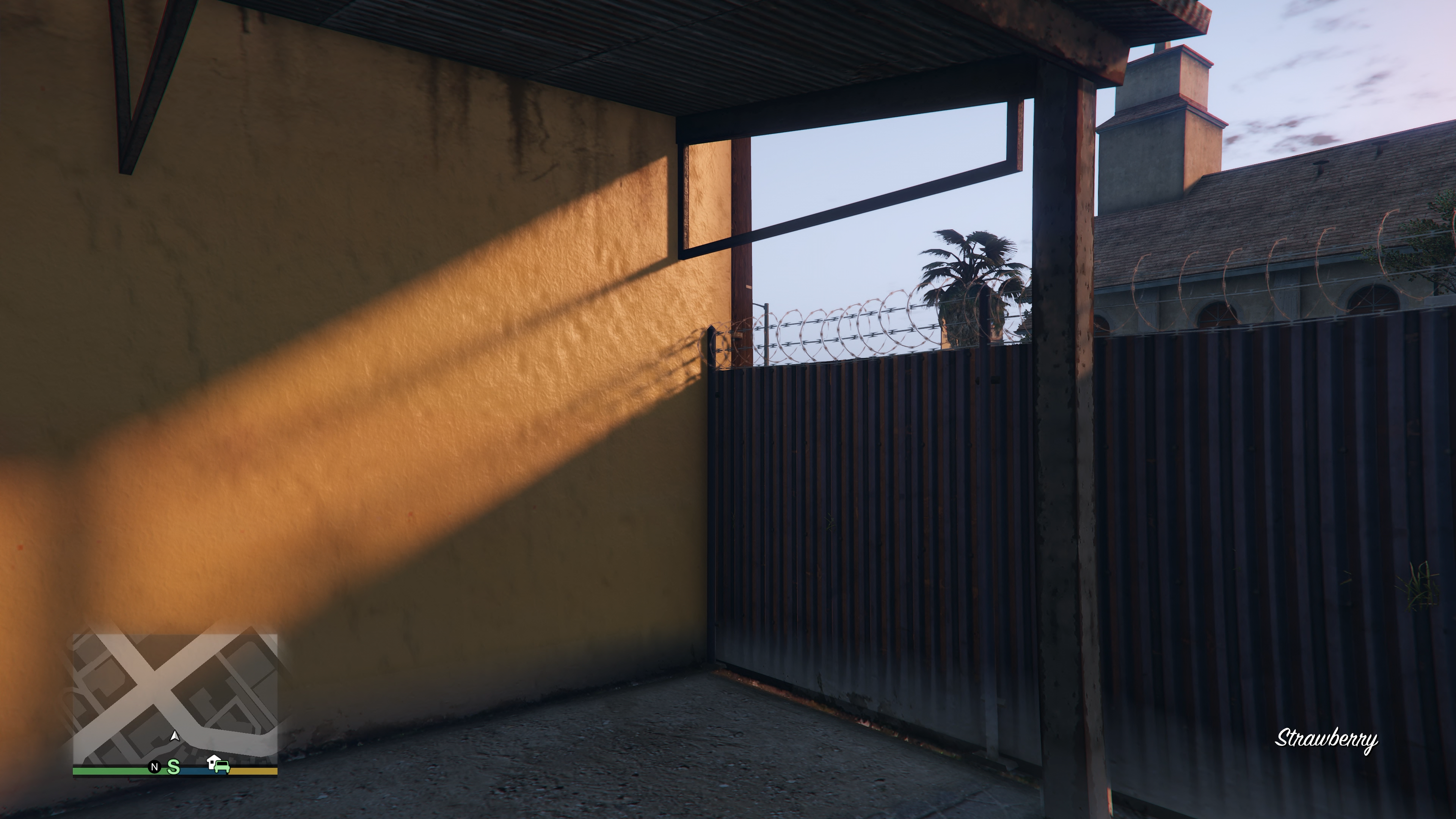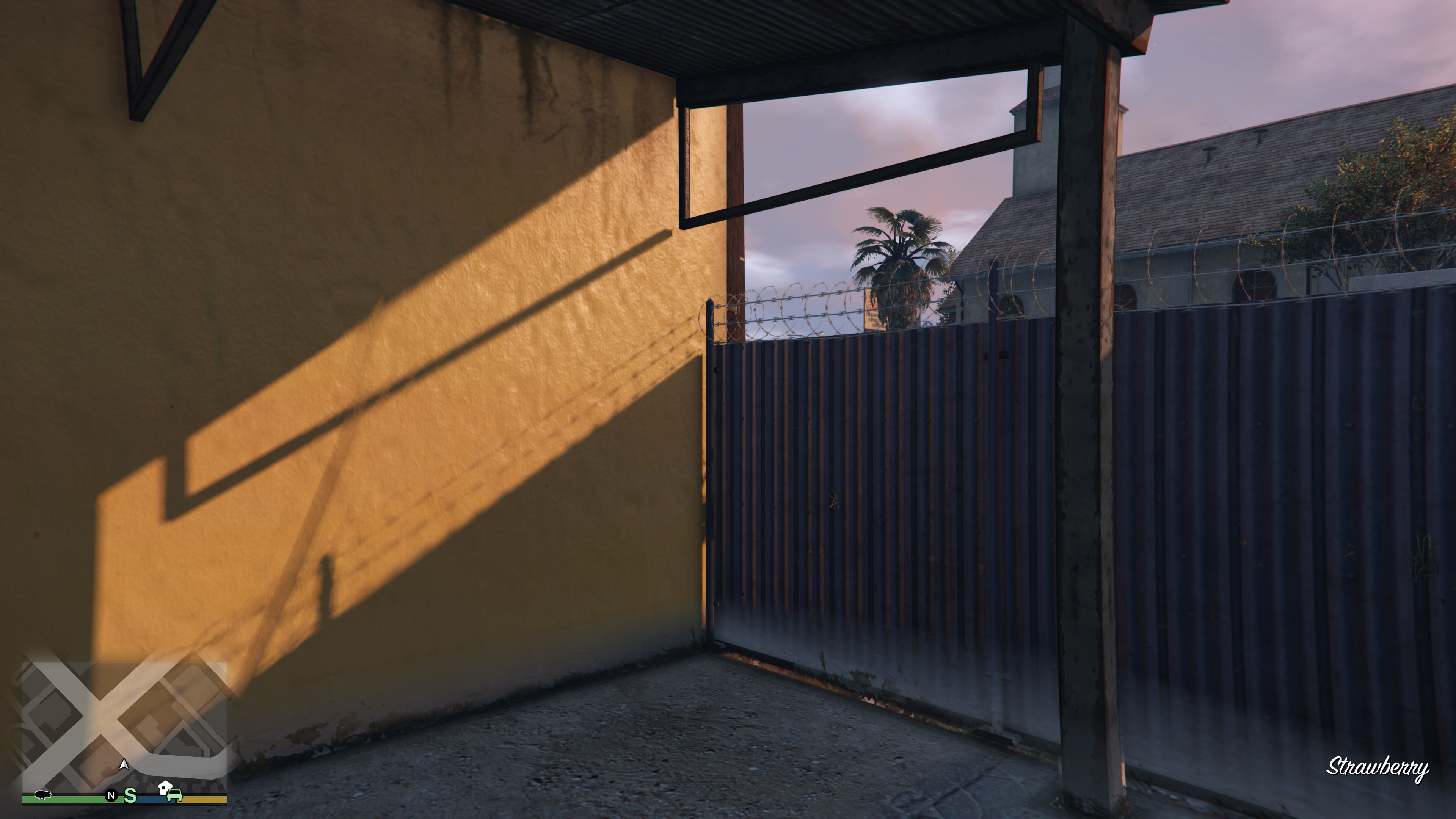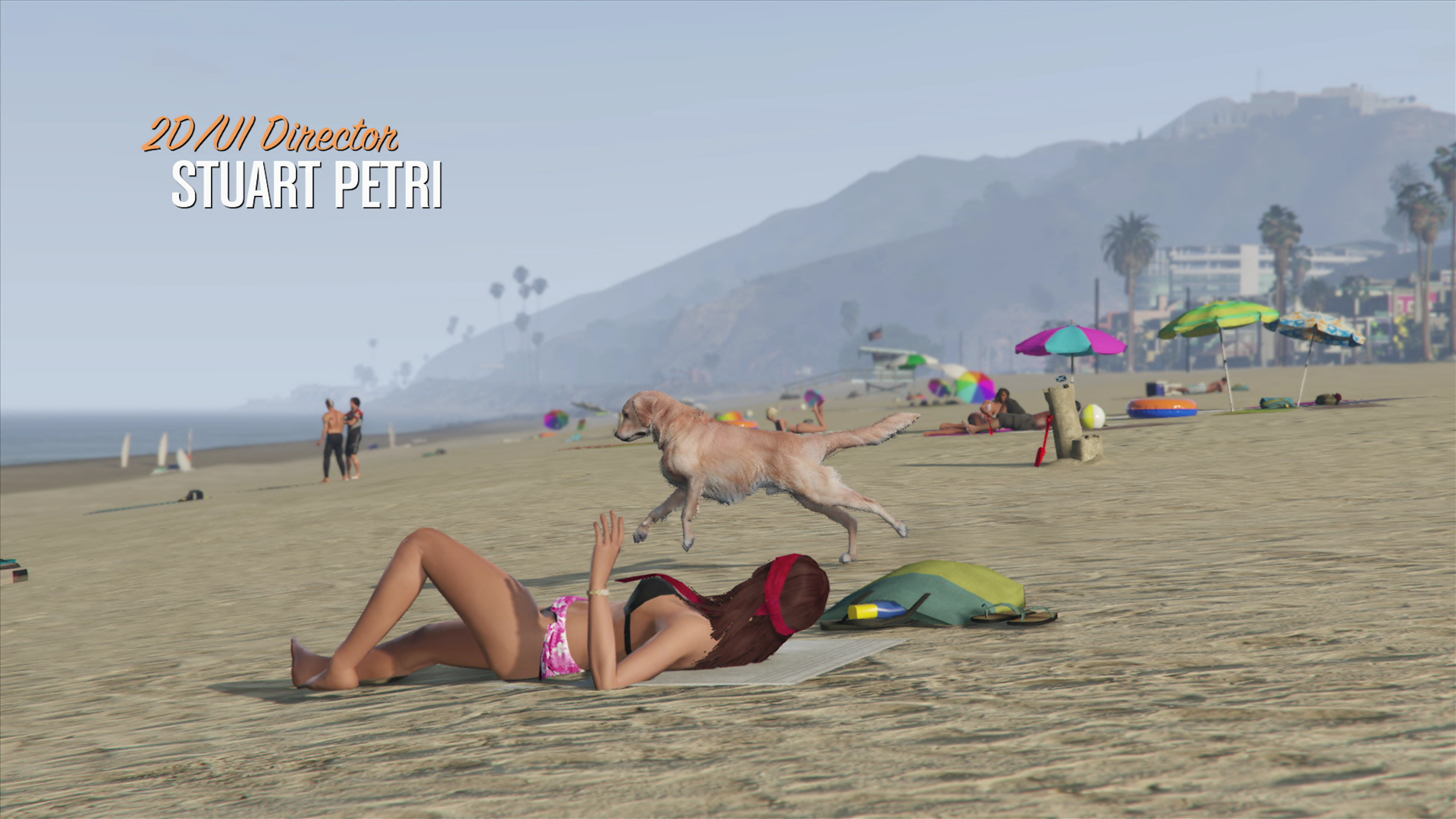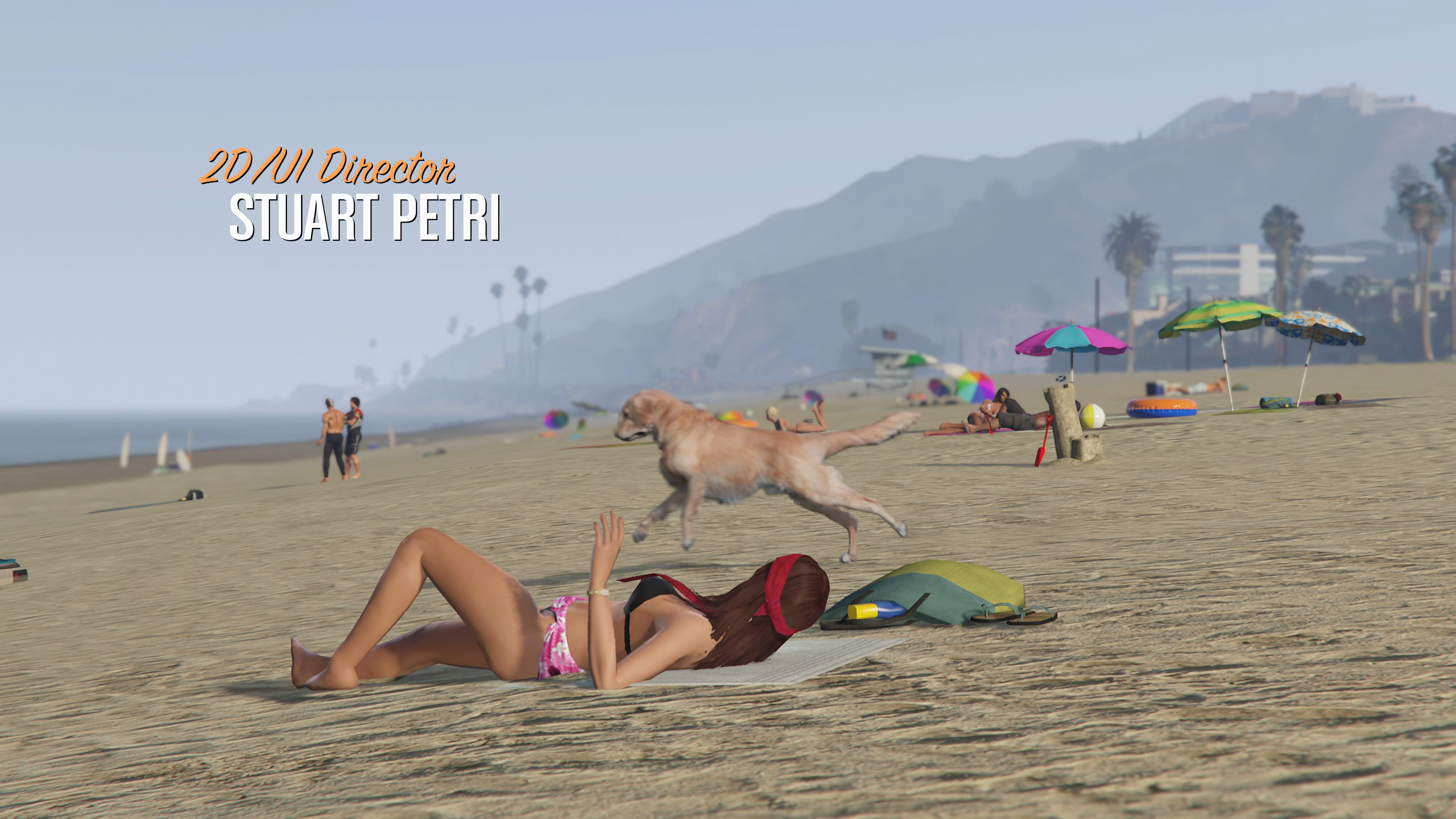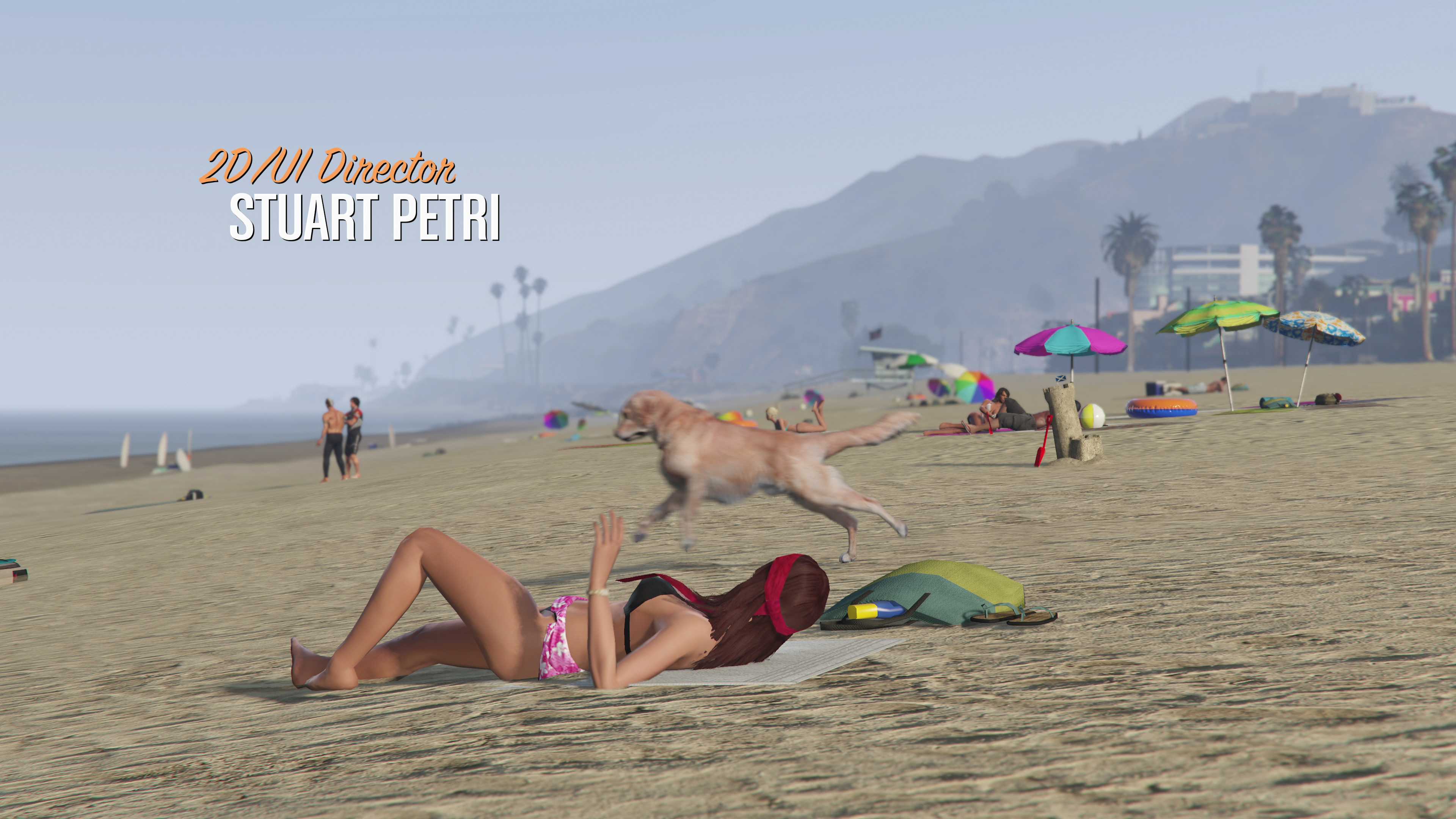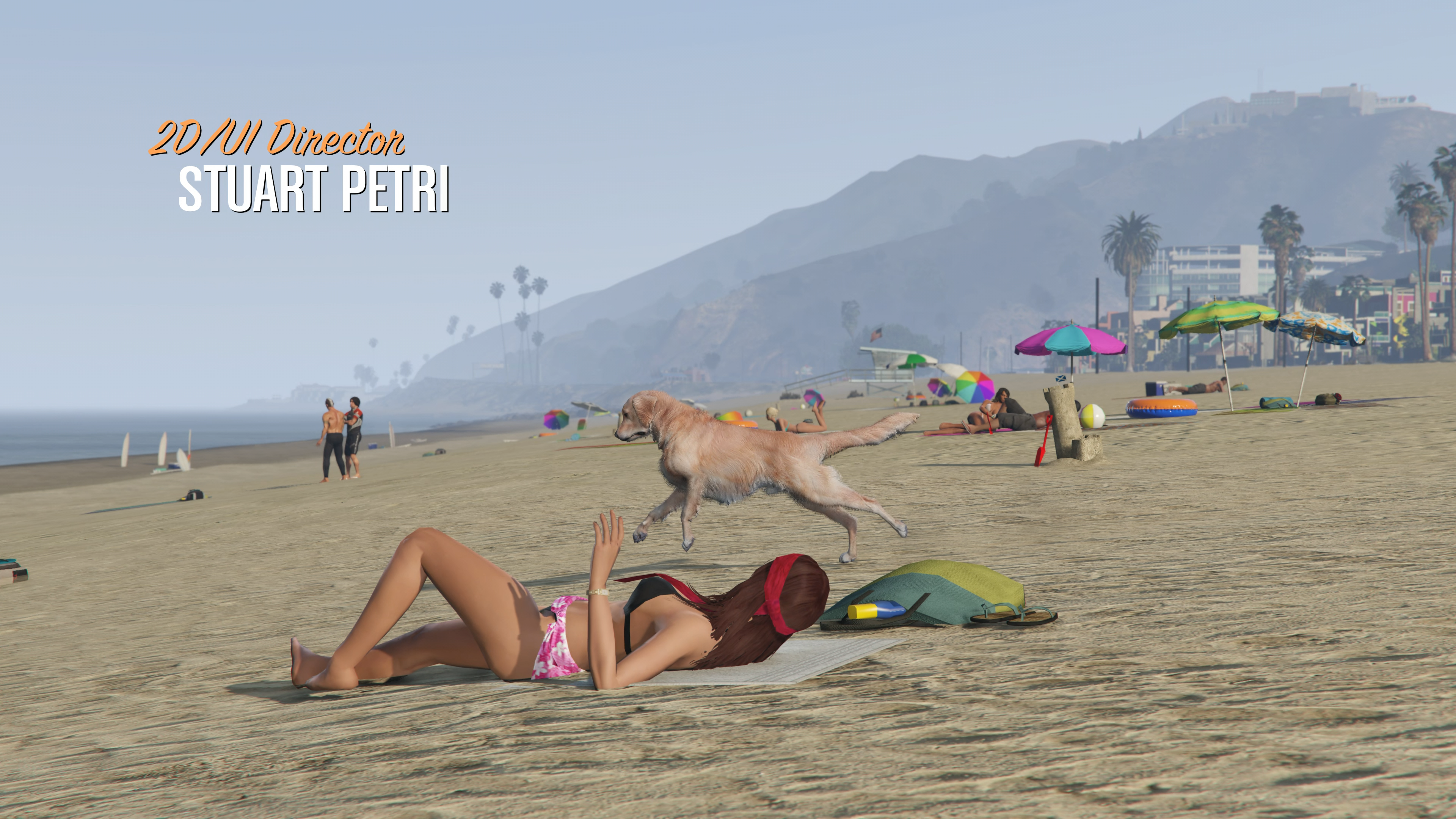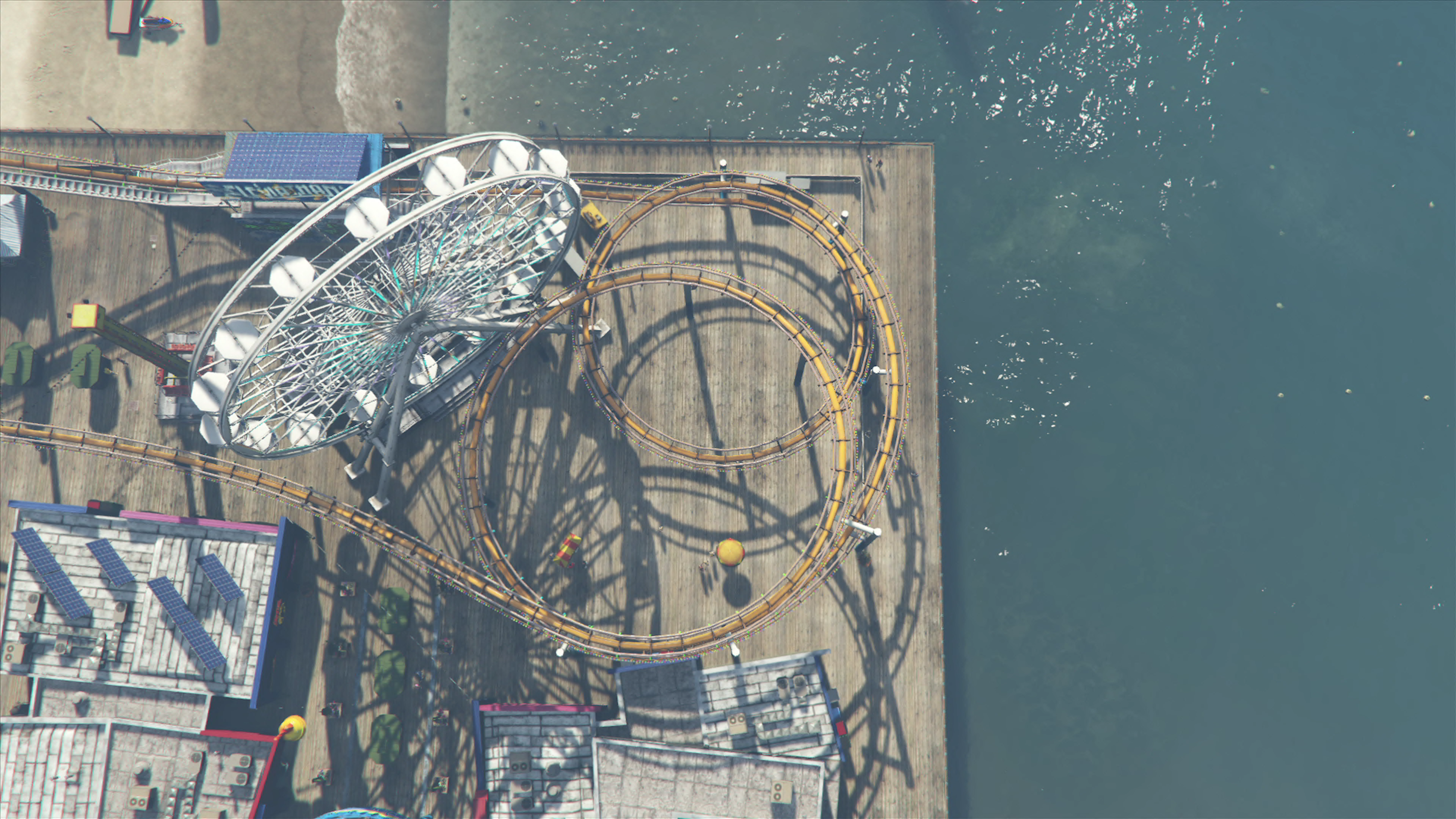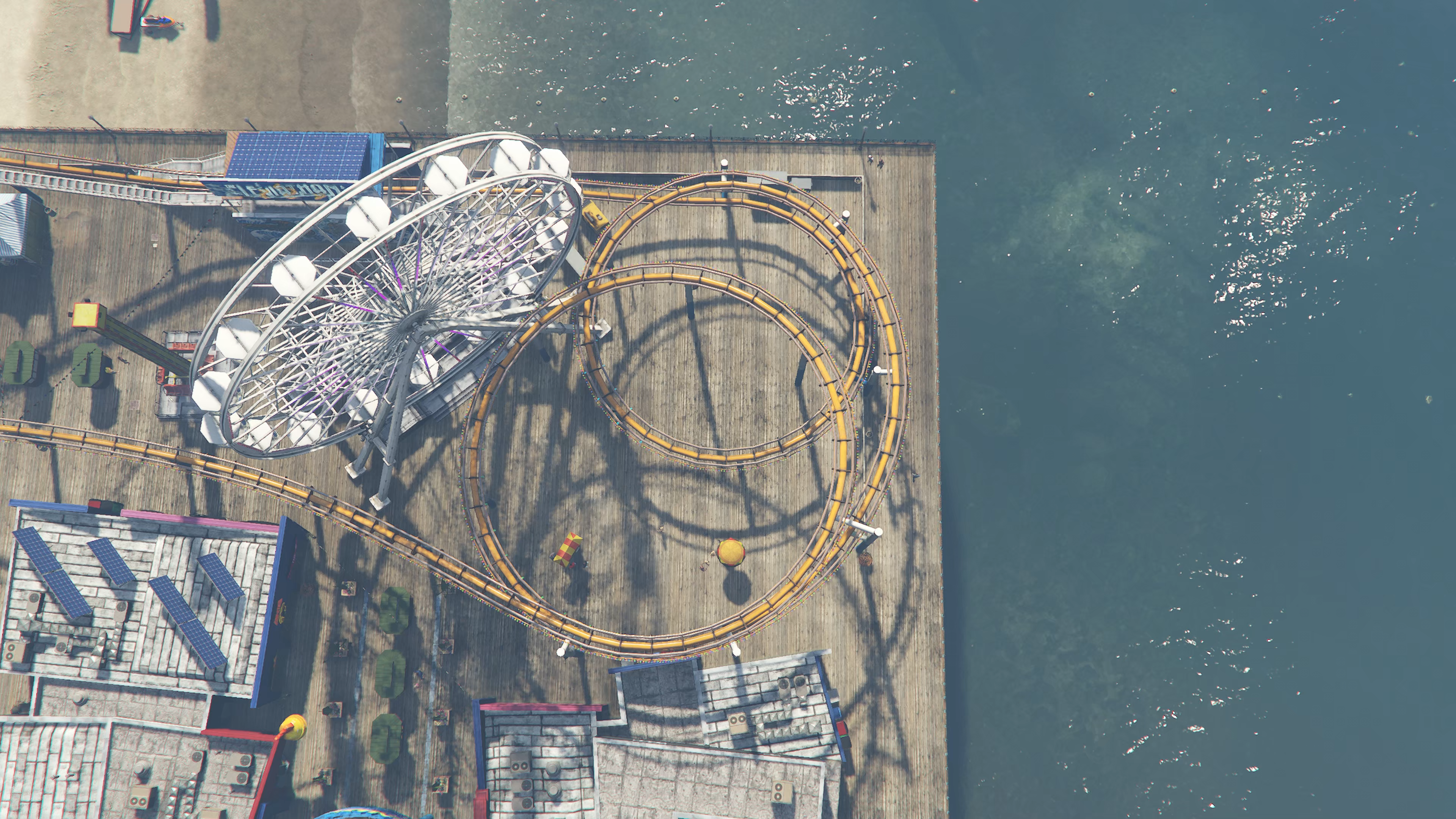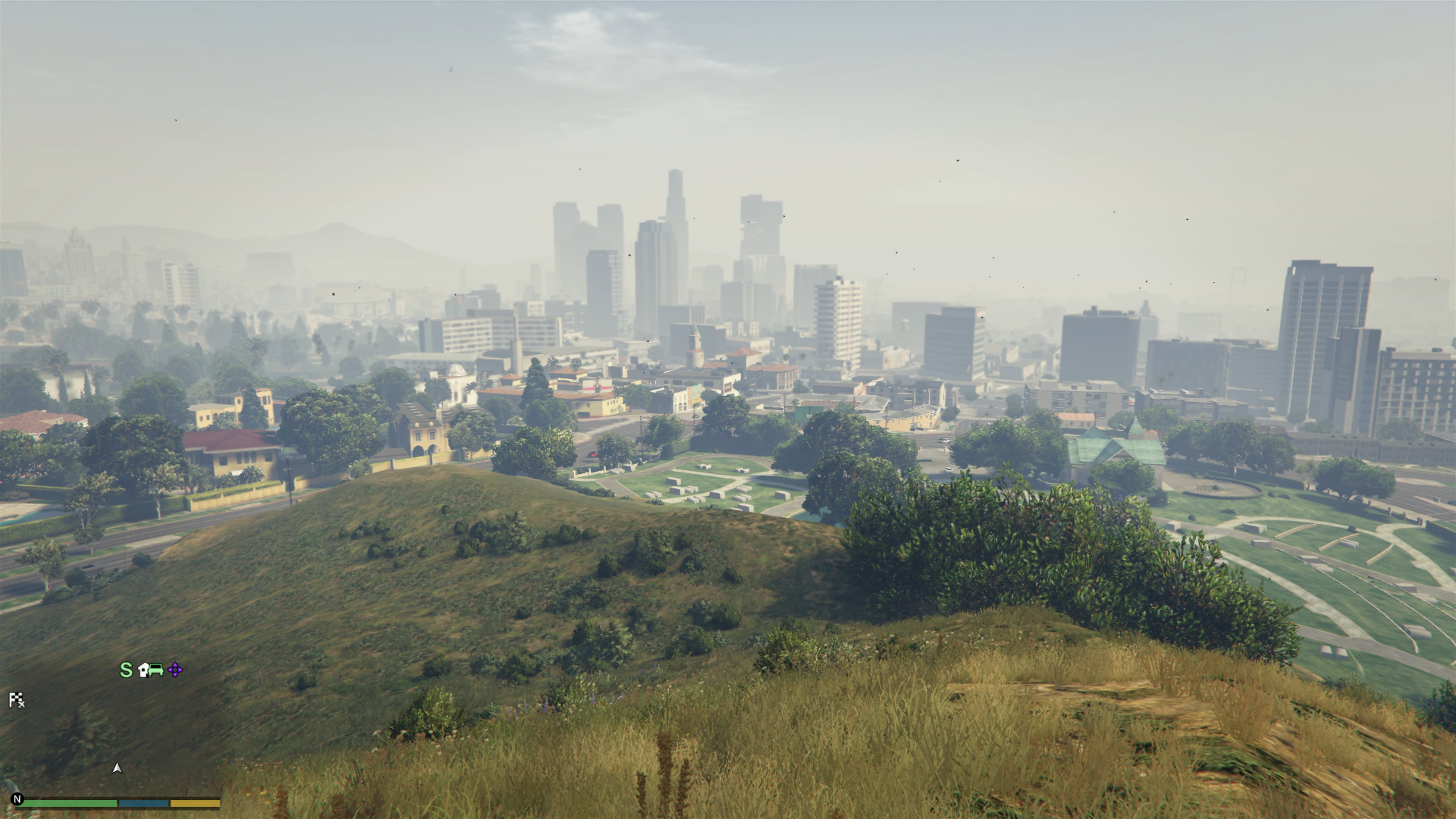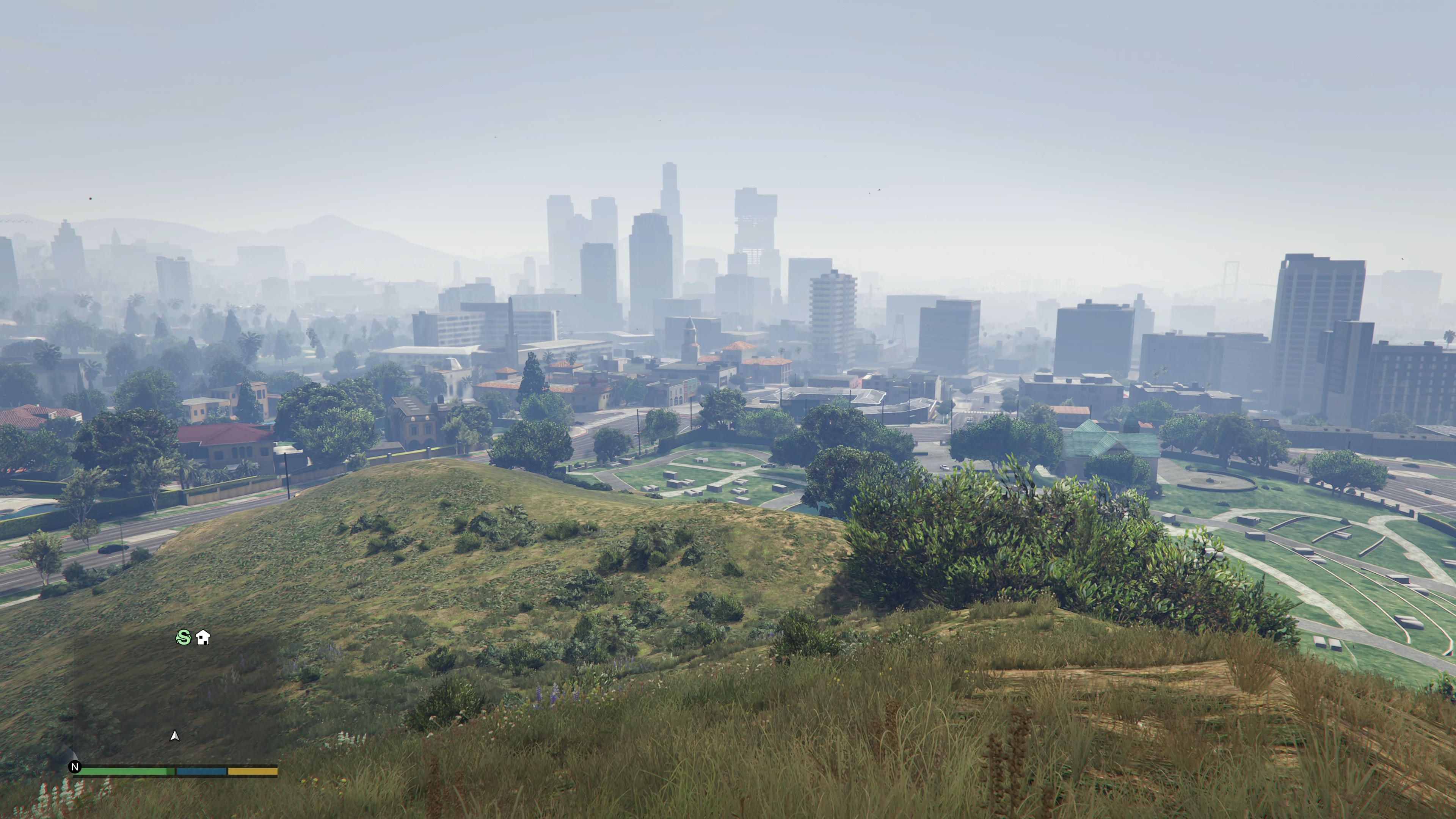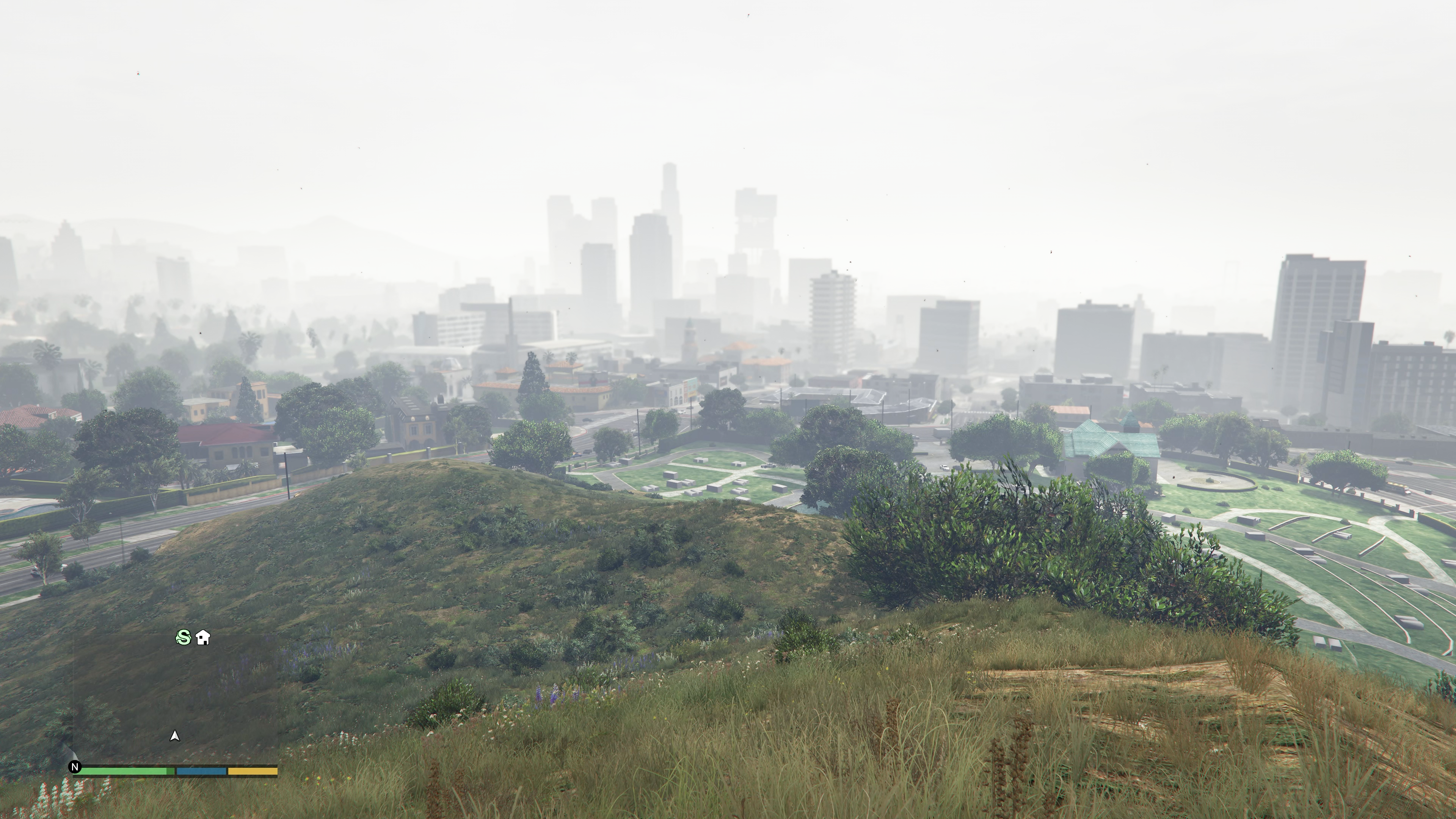We’ll be tackling platform comparisons in another article (truth is, we only received code the day before release - and this work takes time) so our focus today is on what it is that the new version offers over existing versions of the game. If you’re coming from the last-gen console experience, what kind of upgrades are you getting? And if you’ve previously played the abundantly scalable PC rendition of GTA5, just how close does the new version compare to the maxed out experience? For our tests, we concentrated and the PlayStation 5 rendition of the game, finding that the new hardware delivers a vastly improved user experience even before you start playing it!
I’m not just talking about loading, but also installation. After downloading GTA5 on PS4, I discovered that a further installation period was required, which took over an hour (!). There’s far less friction on PS5 - just press play and you’re straight into the introductory videos and from there into the 60fps menus. Full frame-rate menus might not sound like a big deal, but remarkably they’re running at 30fps on last-gen consoles and even the PC version. Rockstar Social Club logins are a thing (skippable for single-player), but moving from menu to story mode takes around 20 seconds - far faster than PS4, where the same process takes two minutes and eight seconds on my system.
Three rendering modes are on offer: fidelity at 4K30, performance at 1440p60 and performance RT, also at 1440p60. Those higher frame-rate modes are a dramatic improvement over the last-gen renditions of the game, capped at 30fps instead. Obviously, there’s more visual feedback but the improved frame-rate also mitigates a lingering issues with GTA5 - very high input lag. Returning to the game today, it’s unacceptably high and just about bearable in the 60fps modes.
Not only that, but compared to the PC version, Rockstar has improved the 60fps implementation. While 60fps was easily achievable on PC, it had issues: character animation wasn’t running at 60fps, even when the renderer was, while camera pans also stuttered. On the new console builds, character movement is much improved but I still get the feeling that the camera motion in cutscenes could be better - and it still does not look like a proper 60fps to me. It’s an improvement then, but not quite perfect: cloth effects still run at a lower frame-rate along with other incidental animations. Still, this is an improvement over PC and a night and day boost compared to the last-gen consoles.
Adding to this enhanced fluidity are changes to image processing. In the last-gen version, motion blur was camera-based, with sparing use of per-object blur in the first-person mode. In the new version, per-object motion blur is universally applied throughout the full game. It’s subtle at 60fps and more noticeable in the 30fps fidelity mode, which looks much improved compared to the last-gen game running at the same frame-rate.
Another aspect of this new sense of smoothness is due to image quality improvements. Back on PlayStation 4, the game ran at 1080p with a simple FXAA-like post-process anti-aliasing effect, typical for the time period of release, but exhibiting plenty of shimmer, dithering and other stability issues. PC introduced MSAA and a temporal solution from Nvidia known as TXAA, while retaining FXAA if you wanted it too. You could improve console image quality on PC then, but the costs for doing so rendering-wise were significant. The new versions introduce a temporal anti-aliasing solution more in line with today’s technology, similar to Red Dead Redemption 2. Shimmering, dithering and noise are all significantly reduced to the point where in some respects, GTA5 at 1440p on PS5 looks preferable to PC at native 4K.
So, which of the three quality modes should you use? The fidelity mode is compromised owing to its increased input lag - and of the two performance offerings, it’s the ray tracing mode I’d recommend. RT is deployed here on shadows only, and specifically shadows cast by the sun (interior shadows are standard shadow maps - albeit of a higher quality, with decent filtering). RT shadows significantly reduce artefacting issues, eliminates the jarring cut-off points found in shadow cascades where a high quality shadow switches to a much lower quality one at close range and most importantly, the properties of shadows in real life are more accurately rendered. Shadows from small details are retained where often they disappear with shadow maps, the so-called Peter Pan effect. This term describes how light leaks through objects as the area of contact cannot be rendered correctly.
Ray traced shadows do not have this issue and more than that, they accurately display shadow softening: the further a shadow is from the object casting it, the more diffuse the effect. Interestingly, the PC version has Nvidia PCSS shadows - an attempt to simulate this effect - but it is exactly that: an attempt. It was good for its time, but RT gets the job done properly. The RT shadows look good, but do not run at full resolution, which can result in some pop and fizzle. The fidelity mode does not eliminate these issues - rather, it makes the shadows a touch more accurate to the pixel due to the higher output resolution.
Thus far, the new Grand Theft Auto 5 impresses on a number of levels, but there are still several aspects of the presentation where I’d like to see improvement - perhaps legacy baggage from the older renditions of the game. That starts with anisotropic filtering, which looks very much like the last-gen console version - improved only because of the higher resolution. Then there’s general level of detail and draw distance - back in the day, there was a lot of controversy that PS4 had more grass than the Xbox One version, which the PC version took to the next level. In its 60fps modes, the new rendition of GTA5 uses the same high grass density preset used by PlayStation 4 - visibly lower than PC’s very high or ultra. This is perhaps not surprising bearing in mind that the effect is resource intensive.
Geometry level of detail also shows no real improvement compared to PlayStation 4, whereas PC looking out into the distance shows a far richer open world. The only way to upgrade the detail level is to use fidelity mode, dropping the frame-rate down to 3-30fps. This pumps up the grass to a higher level, but sadly, it does not affect the LOD at a distance for opaque geometry which appears to be the same. Beyond that, changes up against the older versions are sparing - we’re talking smaller differences like revamped fire effects or the way that depth of field no longer becomes practically invisible at higher settings as on PC, but these are incidental details.
PlayStation 5 does receive some DualSense controller upgrades, but I wouldn’t describe them as game-changing: driving has some tension on the triggers and haptics are used to cause little jitters on the controller based on driving conditions on the road, along with other small but welcome effects. It’s standard stuff really, but it’s always nice to see these things added for those who like them.
Technically, I think the new Grand Theft Auto 5 is the preferred version of the game - a big improvement over the PS4/Xbox One era rendition and better in many respects than the PC game too. That’s down to aspects such as the increased fluidity via motion blur and the fixed-up cinematics, plus the inclusion of temporal anti-aliasing that cleans up a lot of the legacy image quality issues. Yes, there are visual features from the PC version missing in this new release - but crucially, aside from distance LOD, they don’t tend to be noticed in the general run of play. Ultimately, there’s the sense that Rockstar could have pushed harder to deliver more - so don’t go in expecting an upgrade on par with something like Metro Exodus Enhanced Edition. In terms of ’next-gen’ upgrades, what we’re effectively getting here is the obligatory 60fps upgrade, a touch of RT and a smattering of pleasing refinements.
